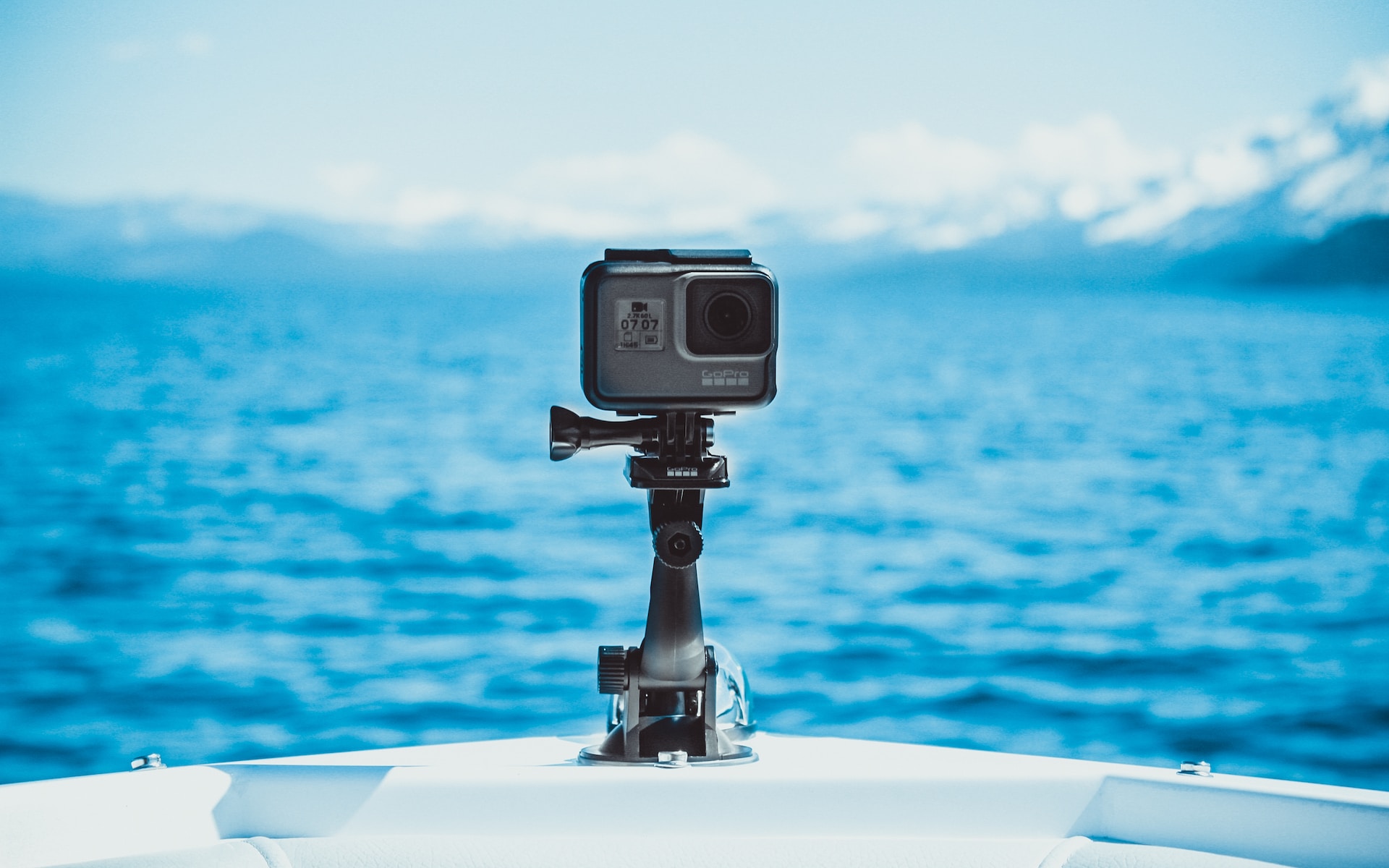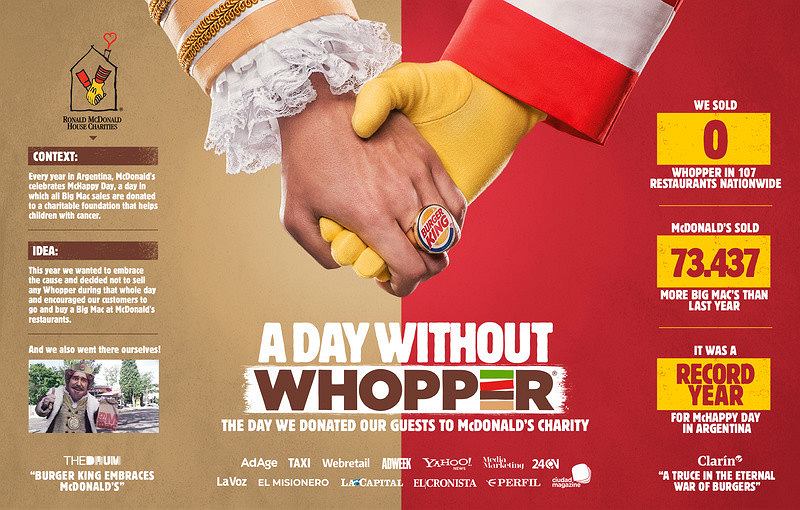Posted on September 26, 2023
Updated on September 26, 2023
5 min read time

Collaboration has become a powerful driver of innovation, growth, and brand differentiation. Branding collaborations are now a hallmark of modern marketing strategies. Brands teaming up to create something greater than the sum of their parts is now standard practice across many industries. Think of a brand you love. They have probably teamed up with several other brands you love too.
This article explores the dynamic world of branding collaborations, examining the strategies, benefits, and challenges. We explore some of the most memorable collaborations, from a surprising culinary partnership to a tech-driven synergy. We aim to shed light on how these collaborations are shaping the future of branding and consumer engagement, through shared audiences.
So, let's unravel the art and science of brand partnerships that captivate audiences and leave a lasting impression in the world of commerce!
Co-branding campaigns increase in number every year. Look at Mattel, the manufacturer of Barbie dolls, it signed over 100 partnerships, whilst promoting the highest-grossing movie of the year. It seemed for several weeks, Barbie, or Barbie-related (pink) things were popping up everywhere!
So, what type of brand collaborations are there?

There are numerous benefits of a co-branded campaign. The most important include:
Increased exposure can become a double-edged sword, though. Particularly if you choose a partner that your existing consumer base has little in common with. Case in point? The Bud Light partnership disaster. It’s possible that the company’s sales may never recover from it. Being aware of the stakes, let's look at the potential challenges of collaborating with other brands.
What are the most successful brand collaborations to date? Now that we know the risks and rewards associated with co-branding campaigns, let's look at the captivating stories and strategies behind the most powerful partnerships. We'll explore several fascinating examples of brand collaborations from the world of technology, food & drink, and entertainment.
There are brand partnerships that make you think, "that makes perfect sense." One such brand collaboration is a long-standing cooperation between GoPro and Red Bull. The energy drink company organizes extreme sporting events, like cliff diving or motocross freeriding. While GoPro is one of the most recognizable action cam brands on the planet.
Both Red Bull and GoPro cater to adventure-seeking, thrill-loving individuals. The partnership is a perfect match since their primary target audiences significantly overlap. This collaboration made GoPro the sole provider of action cameras for Red Bull events, while both brands benefited from the extended reach.

Apple Watch Nike is an excellent example of two complementary brands creating a new line of products. The initial core business of Nike was selling running shoes, while the Apple Watch was designed with active people in mind. The collaboration translated into a series of watch bands and watch faces inspired by Nike.
Now that we went extreme and for a jog, let's have a bite. A bite of Doritos Locos Tacos. It's another case of a perfect fit, matching audiences, and potential for sales growth. And it was a huge success. Taco Bell, the chain serving Mexican-inspired food, needed 15,000 new employees to meet the demand! It was well worth the effort as it's estimated that over 1bn units of the co-branded (and co-made) product were sold.
We're shifting gears for the final brand collaboration in this section. How often have you ridden an Uber and didn't particularly enjoy the music the driver was cranking up? Well, from that insight, the ride-hailing company teamed up with Spotify to deliver a unique experience to their shared user group. Spotify subscribers could control the music and the volume while riding an Uber. Neat, right?
We've covered a couple of brand collaborations that were a match made in heaven. How about those that seem strange, unlikely, or from an alternate dimension? Let's look at those now!
There are some specular brand rivalries, like the cola wars between Pepsi and Coca-Cola. The Super Bowl played in Atlanta, GA, in 2019 is an illustrative example not of sportsmanship but one-upmanship. Coca-Cola's HQ is in Atlanta, while Pepsi was and still is one of the major sponsors of the NFL. So, not letting the opportunity go to waste, Pepsi created banners saying "Pepsi in Atlanta. How Refreshing".
But there are times when a noble cause makes brands go beyond their rivalry. In 2017, in Argentina, for one day, Burger King stopped selling their flagship product, the Whopper. Their arch-nemesis, McDonald's, organized a charitable event where all the proceeds from Big Mac were donated to the Children with Cancer organization. Technically, it wasn't a brand collaboration. However, that move won the Internet and went down in history.

Staying on the food theme, would you enjoy penne alla vodka? This seemingly strange combination is a well-known practice in Italian cuisine. However, only after a popular TikTok video did the giants of respective industries decide to join forces. The Tomato Pasta Vodka Sauce was brought to life by Heinz and Absolut. The limited-edition sauce showed big brands are not shying away from leveraging the power of new platforms, reaching completely new buyers.
After a great meal, let's take a ride in a beautiful yellow Ford Mustang. That's how Tinder and Ford got 1.5 million app users to swipe right. During this promotional campaign, five lucky blind dates had the opportunity to drive around London, ending the night in a drive-in theatre. It was a great move from the US auto company, leveraging Tinder's massive and primarily young audience.
The final brand collaboration comes from the courtesy of two of our clients who decided to join forces. Butternut Box and Pip & Nut partnered to give dogs peanut butter treats — Barkisan Peanut Butter Bites. The idea for the partnership between them originated from the “increased humanization” insight. Namely, that pet owners are feeding their loved ones with human-quality food. And, of course, the fact that dogs LOVE peanut butter!
Considering how many companies are out there, finding the right partner can take time and effort. Especially when we’re looking outside our category or even industry. As we’ve shown in this article, it’s vital to get it right, there’s no second chances. So, how do you ensure your collaboration will be fruitful?
Ask your customers!
With ProQuo AI’s Ask feature, you can ask your consumers an open-ended question about what types of brand collaboration they want to see or if they have specific brands in mind. The responses are automatically divided into themes and displayed as a word cloud. This way, you can quickly understand what your customers are interested in the most.
Once you’ve got 2 or 3 options to focus on, you can narrow this down further. You could even start to test early drafts of creative for the co-branding, to get more insights into what your customers would like about such a campaign and lead you in the right direction. You can also segment the results of both the survey questions and Creative Testing by age, gender and usership: users and non-users. Their reactions can tell you a lot about how successful and well-perceived such a partnership can be.
With these insights, you can approach the brand your customers picked. And the rest is history. Indeed, some of these brand collaborations did go down in history.
If you want to learn more about ProQuo AI’s features and find the right brand partner, let’s talk!
Our intelligent platform will take your brand further, faster.
Don’t believe us?
© 2020-2023 ProQuo AI International
All rights reservedWebsite by Blend